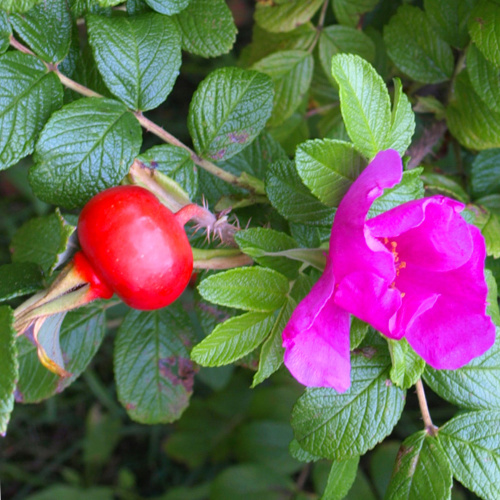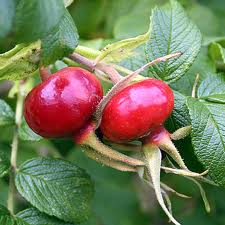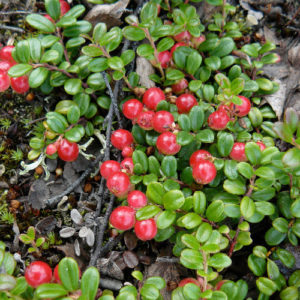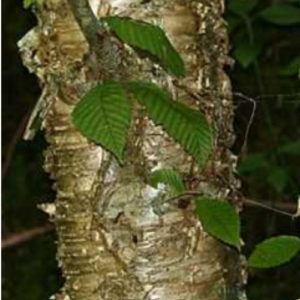Rugosa Rose
$39.00
- Magenta Rose with large edible hips
- Cold hardy at least to zone 3
- Self pollenizing
- Outstanding vitamin C content
- Spreading plant forms a hedge
23 in stock
Description
Gift Certificates are a great way to give the following gifts...
NEW in 2025 - Bundle & Save! Explore our special offers for a gift of an apple orchard, berry patch or vineyard.
Consulting
We do site visits, help with soil and other tests, and planning. Included are written plans for the implementation and day to day operations of your future of existing plantings. Fees vary according to the extent of the operation. Contact us for further info.
Tree Pruning
Proper pruning ensures a healthier tree, improves fruit size and increases fruit yield. Fruit trees should be pruned during winter dormancy. We’ll prune individual trees or an entire orchard.
Planting
We offer services for those who would like assistance in planting and/or maintaining trees and help with everything from staking trees to trellising grapes and berries. We will show you the proper procedures for caring for your home orchard or do the maintenance for you.
Custom Grafting
In addition to grafting the fruit trees we sell, we also offer custom grafting services. We can graft a hard to find cultivar, a reproduction from your own tree, or we can graft onto an existing tree on your property. New trees can be sent right away or grown a year here.








